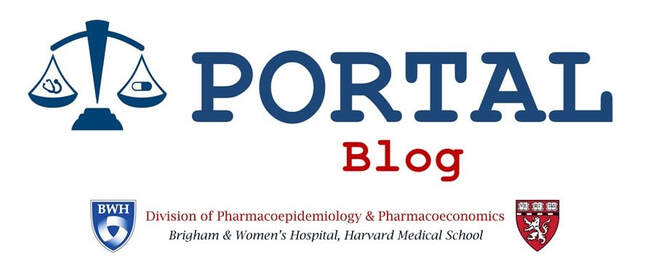|
Elvira D'Andrea
A major barrier to effective implementation of favorable findings from trials on anti-diabetic treatments – such as glucagon-like peptide-1 receptor agonists (GLP-1 RA) or sodium-glucose cotransporter-2 inhibitors (SGLT-2i) – into clinical practice is the scarcity of evidence describing the extent to which these results may be generalizable to all patients with type 2 diabetes or whether they may vary across subgroups of the population. Such variation in therapeutic outcome is called “treatment effect heterogeneity.” Identifying treatment effect heterogeneity in a trial population is necessary to individualize treatment and target the groups of patients that optimally benefit from a specific therapeutic strategy in clinical practice. However, subgroup analyses within a single trial are not usually powered to detect treatment effect heterogeneity. A new study from PORTAL published in Cardiovascular Diabetology explored whether diverse subgroups of patients with type 2 diabetes (enrolled in clinical trials) appear to have different rates of major cardiovascular events to two important new categories of anti-diabetic drugs: SGLT-2is and GLP-1 RAs. The identification of subgroups of interest emerged from baseline characteristics of the trial population, which have been deemed a priori as potential treatment effect modifiers in trials investigating the association between SGLT-2i or GLP-1 RA drugs and major cardiovascular events. The authors conducted an exploratory meta-analysis of placebo-controlled randomized trials that investigated products within the SGLT-2i and GLP-1 RA drug classes in participants with type 2 diabetes. The trials need to report major adverse cardiovascular events as a primary outcome, follow-up patients for longer than 6 months, and describe phase 3 trial dosage. The potential modifiers were baseline factors of the trial populations measured at randomization and were classified in four groups: cardiovascular factors (established atherosclerotic cardiovascular disease and heart failure), renal function (estimated glomerular filtration rate, as indicator of chronic kidney disease), cardiometabolic factors (HbA1c, duration of diabetes, BMI and systolic and diastolic blood pressure) and demographic factors (age, gender, race). All potential effect modifiers considered were part of the pre-specified subgroup analyses of the included trials. Ten trials enrolling 89,790 patients were included in the analyses. The average benefits of SGLT2i or GLP1-RA drugs considering all patients enrolled in the trials, regardless of their different baseline characteristics, resulted in a 11-12% risk reduction of major adverse cardiovascular events. However, subgroup meta-analyses showed a 14% risk reduction of major cardiovascular events in patients with established cardiovascular disease [GLP1-RA: 0.86 (95% CI, 0.80-0.93); SGLT-2i: 0.86 (0.80-0.93)], and no effect in at-risk patients without history of cardiovascular events [GLP1-RA: 0.94 (0.82-1.07); SGLT-2i: 1.00 (0.87-1.16)]. A trend toward larger treatment benefits was observed with SGLT-2i among patients with chronic kidney disease [0.82 (0.69-0.97)], and patients with uncontrolled diabetes for both GLP1-RA or SGLT-2i [GLP1-RA: 0.82 (0.71-0.95); SGLT-2i: 0.84 (0.75-0.95)]. Uncontrolled hypertension, obesity, gender, age and race did not appear to modify the effect of these drugs. Among several clinically important patient characteristics measured before treatment initiation, history of established atherosclerotic cardiovascular disease appears to be the only modifier of the treatment effect of SGLT2i or GLP1-RA drugs with respect to major cardiovascular events. We observed signals toward larger benefits among patients with baseline chronic kidney disease for the SGLT-2i treatment, and among patients with baseline uncontrolled diabetes for both SGLT-2i or GLP1-RA drugs. Presence of chronic kidney disease and uncontrolled diabetes should be further investigated as potential effect modifiers of the association between SGLT2i or GLP1-RA drugs and major cardiovascular events. Comments are closed.
|
AuthorPORTAL Blog posts are authored by PORTAL faculty, trainees, and collaborators. Archives
January 2022
Categories |
|
Program On Regulation, Therapeutics And Law (PORTAL)
Division of Pharmacoepidemiology and Pharmacoeconomics 1620 Tremont Street, Suite 3030 Boston, MA 02120 |



 RSS Feed
RSS Feed
